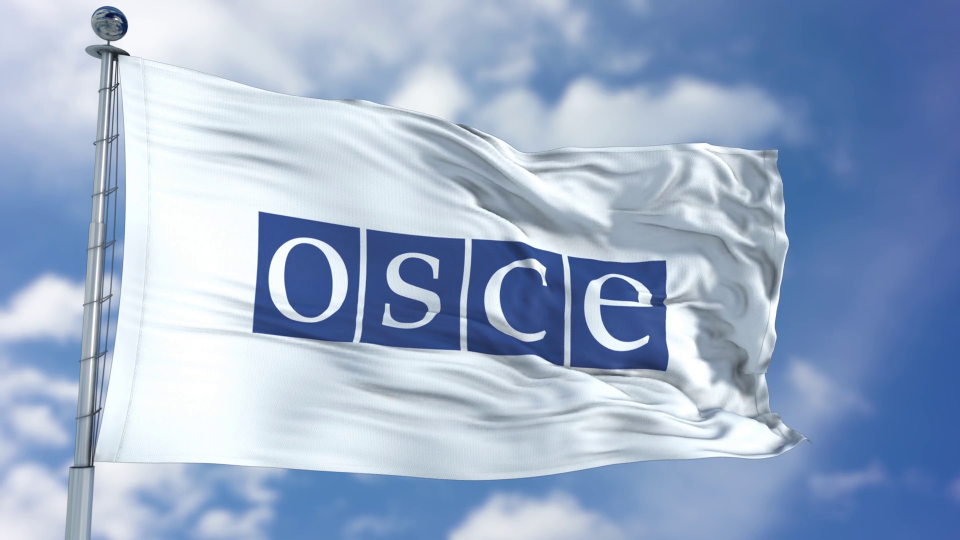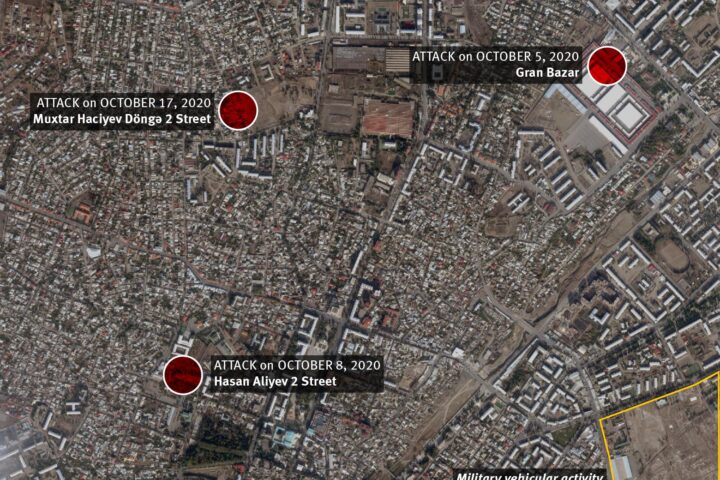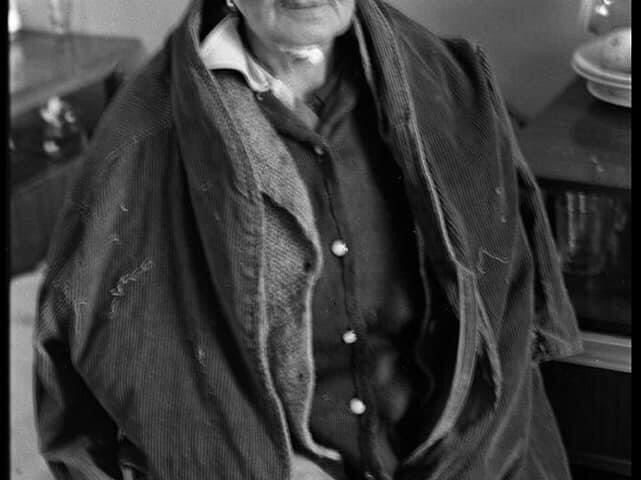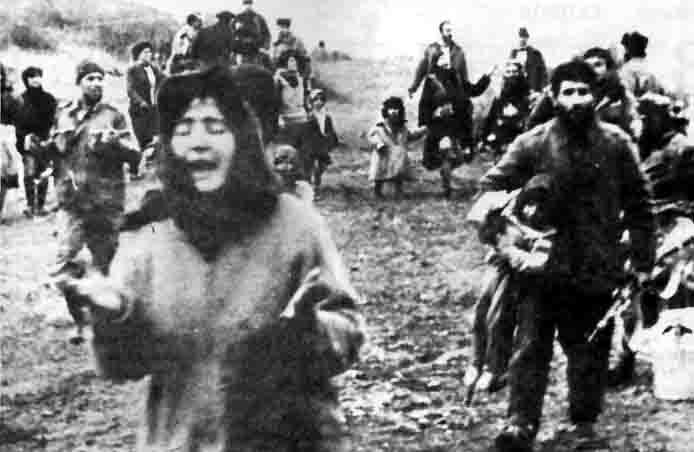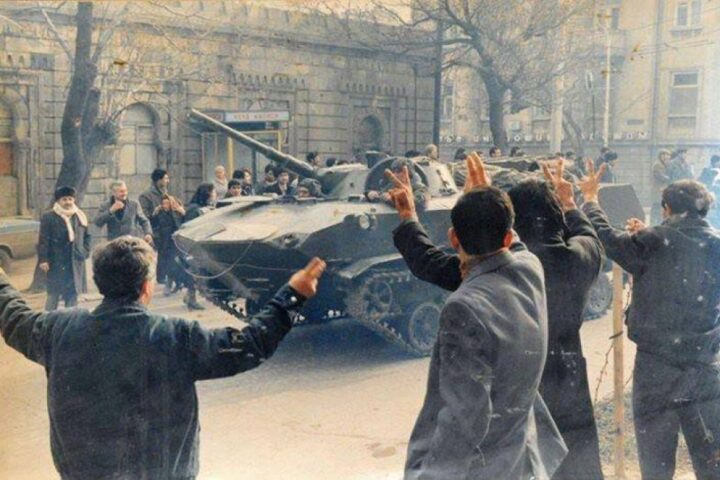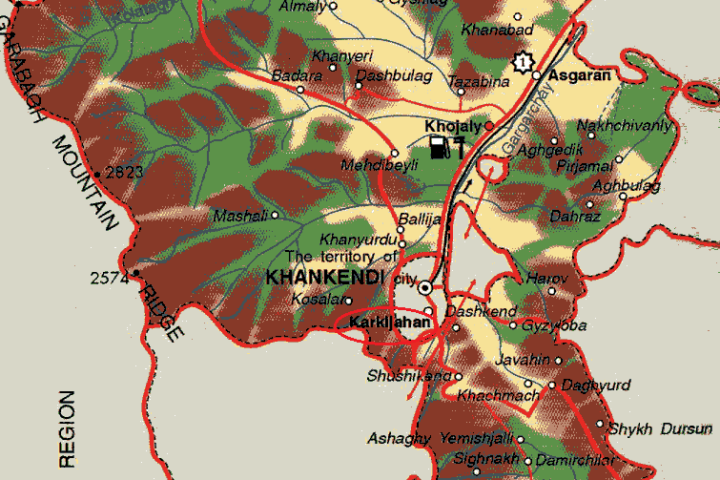3. High Level Planning Group
In accordance with the Budapest Summit Decisions and on the basis of the Planning Group created in May of 1993, the High Level Planning Group (HLPG) was established on December 20, 1994. According to the decision of the Budapest Summit, the HLPG was tasked with the following:
- to make recommendations for the Chairman-in-Office on developing as soon as possible a plan for the establishment, force structure requirements and operation of a multinational OSCE peacekeeping force in Nagorno Karabakh;
- to make recommendations on the size and characteristics of the force, command and control, logistics, allocation of units and resources, rules of engagement and arrangements with contributing States.
The activity of HLPG is carried out through implementation of directives of the Chairman-in-Office. To that end the Group made a number of visits to the region and started to elaborate a detailed concept, which was reflected in a document “The Concept of establishment of the OSCE multinational peacekeeping force in the conflict area of Nagorno-Karabakh” presented to the Chairman-in-Office on July 14, 1995.
4. Personal Representative of the OSCE Chairman-in-Office on the conflict dealt with by the OSCE Minsk Conference
On August 28, 1995, the OSCE Chairman-in-Office, in agreement with the Parties to the conflict, established the institution of the Personal Representative of the OSCE Chairman-in-Office on the conflict dealt with by the OSCE Minsk Conference. Ambassador Andrzej Kasprzyk (Poland) occupies this post since January 1, 1997. The Personal Representative’s mandate from the OSCE Chairman-in-Office is to:
- Represent the OSCE Chairman-in-Office in issues related to the Nagorno-Karabakh conflict, assist the CiO in achieving an agreement on the cessation of the armed conflict and in creating conditions for the deployment of an OSCE peace-keeping operation, in order to facilitate a lasting comprehensive political settlement of the conflict in all its aspects;
- report on all aspects of his activities to the CiO of the OSCE, report through the CiO to the Co-Chairmanship of the OSCE Minsk Conference and, as appropriate, to the Minsk Group, and receive instructions from the CiO;
- assist the Co-Chairmanship at its request;
- assist the High Level Planning Group in planning an OSCE peace-keeping operation in accordance with the Budapest Summit Decisions;
- assist the parties in implementing and developing confidence-building, humanitarian and other measures facilitating the peace process, in particular by encouraging direct contacts;
- co-operate, as appropriate, with representatives of the United Nations and other international organizations operating in the area of conflict.
According to the Memorandum on mutual understanding signed with the Government of Georgia, the Headquarters of the Personal Representative are situated in Tbilisi. The Personal Representative is assisted directly by his 5 field assistants, appointed by the OSCE Chairman-in-Office; they are present on a rotation basis in Baku, Yerevan and Khankendi.
In fulfilling their mandates, the Personal Representative and his Field Assistants are given necessary assistance to ensure that they have free access and movement in all areas relevant to carrying out their functions.
References
- Rüfət Əmirov, Elan olunmayan müharibə. Ermənistan-Azərbaycan münaqişəsinin 1988-1995-ci illərdəki arayış, sənədlər və digər materialları. 2-ci cild. (Bakı: 1995),
- The Statistical Information about Refugees and Internally Displaced Persons in Azerbaijan, (Baku: 2000),
- Ibid,p. 12.
